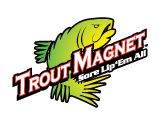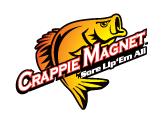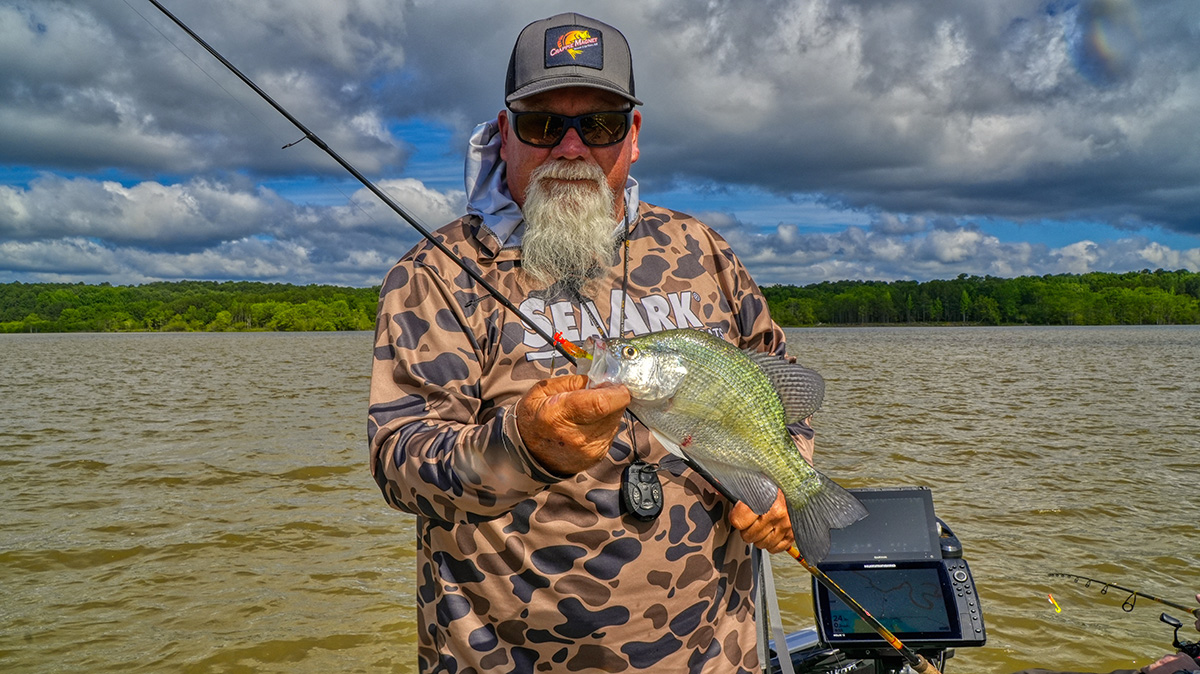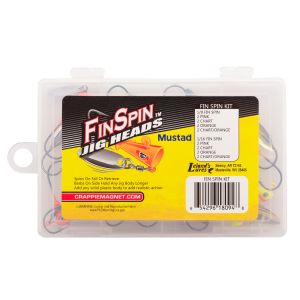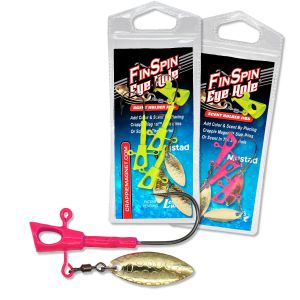Crappie fishing can be feast or famine at times. Sometimes you can do no wrong and other times you cycle through the whole tackle box and small fish trying to figure out the puzzle. But specific situations can line up perfectly with certain types of crappie lures. One example would be jig spinners for crappie. And knowing when to fish spinners for crappie can give you one of those buffet type days on the water.
What are Underspins and Jig Spinners
Spinners related to crappie fishing usually come in the form of what folks call underspins or jig spinners. There are some folks that also use safety pin spinners or the elbow spinners that attach to the eye of a jig and then you tie to the elbow of the new spinner arm. Most commonly seen on jigs like the Beetle Spin.
But for our purposes we'll focus more on the common type for crappie that is the underspin of jig spinners. An underspin basically employs a swivel on the bottom of the head of the jig and attached to that is a small blade. The result is you get a slight bit of flash and vibration added to your ordinary jighead for fishing crappie plastics.
There are various jig spinners and underspins on the market now and the beauty of these spinners is that they are effective in catching just about every game fish that swims. Jimmy Houston used to fish a Road Runner on his old TV shows and catch bass, crappie, bluegills, white bass, catfish and more in one show. They are effective in attracting and catching anything that eats baitfish which are most of your freshwater game fish.
Modern versions employ a lot of new technologies that improve their effectiveness for fishing. For example, The Crappie Magnet Fin Spin employs a Shad dart style head, eyes and a high end swivel and blade to give your jigs more flash and vibration to attract crappie in dirty water, low light conditions and more.
And variations of the Fin Spin like the Fin Spin Pro Series have skirts and trailers for more bulk and attraction qualities while the Fin Spin Eye Hole Jig offers a mechanism for adding scent with natural looking eye profiles on the jighead giving you the best of all worlds.
The great thing is you can experiment with color and plastics profile with any number of your favorite plastics like the Crappie Magnet, Slab Curly, and Tiny Dancer as well as bigger profiles like your Slab Magnet and The Roo plastics for matching the conditions and mood of the fish.

When to Use Underspins for Crappie
When are the best times to fish underspins like the Fin Spin? We often reach for a Fin Spin or Fin Spin Pro Series in one of three conditions. And these are all related to how a crappies mood and sense of feeding changes in different environments.
The first condition we run into where Fin Spins and other underspin versions excel involves muddy water. While a lot of anglers reach for darker or more contrasty colors when faced with muddy waters, creating a bigger profile while adding flash and vibration gives you more of an advantage for attracting crappie that might not otherwise find your smaller more diminutive offerings.
When we are covering water in muddy conditions, we like something that we can throw and retrieve and that the crappie can easily lock onto with the limited visibility. On a recent outing on Sardis Lake in Mississippi, Crappie Magnet pro staffers Kirby Ham and John Godwin of Duck Dynasty fame were both using Fin Spins with Crappie Magnets as well as Fin Spin Pro Series to hunt down roaming crappie.
"My home lakes are pretty clear and full of black crappie, so I am often using smaller baits and light line to catch my crappie," said John Godwin. "But when I come to Mississippi and fish for these really big crappie in muddy water, I like something that has some bulk, flash and vibration to catch these crappie."
Godwin was smacking crappie left and right by making short casts to roaming crappie and then just slow winding his Fin Spin and Slab Curly combination over the top of them. He was using his signature B'n'M Godwin Combo with 6-pound test to catch these big Mississippi crappie.
Another situation for using these flashy combinations is when the fish are deep and grouped up. Kirby Ham of Fish.Eat.Live fishes the lakes near Kansas City where crappie get out deep in big schools and are often competitively feeding on big schools of baitfish.
"The Fin Spin Pro Series is an overlooked gem when it comes to crappie fishing," Ham said. "I think the flash of the skirts and blade give it a bigger profile that the crappie mistake for a pod of baitfish like threadfin shad. So they react to it because they think they are running down several baitfish. I think that is the overlooked appeal of this lure type."
One other very good application for underspins involves low light conditions. Early and late in the day crappie and other panfish are more active. While a lot of anglers believe crappie go deeper in clear water or get shallower in muddy water is because of water temperature. But some biologists believe it is simply a light penetration effect. In really muddy water, they don't have to go as deep for it to get dark around them. Because the light penetration diminishes much faster in muddy water than clear water. So often then get deeper in clearer water simply because they are playing the light penetration game.
That's often why you see them move shallower and get more active before the sun is all the way up in the morning and when it has gone below the horizon in the evenings. And these windows can make it where some flash and vibration will get you a lot more bites and allow you to cover water faster in those limited low light windows.

How to Fish Fin Spins and Other Underspins for Crappie
Fishing the Fin Spin is actually one of the easier things in crappie fishing. It's literally a cast and retrieve lure. Throw it out and reel it in slow and steady. Your speed and weight of your jig can dictate how fast or slow you reel to keep it at the level you want. You can count it down to depth and the experiment with your retrieve speeds to match the mood of the fish.
They fish best on 4 to 6 pound lines or on small braid with fluorocarbon leaders. A 6-foot to 7-foot ML or light rod will cast them just fine. And an UL rod works too with lighter options.
And the nice thing is you can buy them in small packs or bulk packs if you want to give them a try or already know how good they are and want to load up on them. And if you fish from the bank or pond hop, these are great lures for just catching fish.
